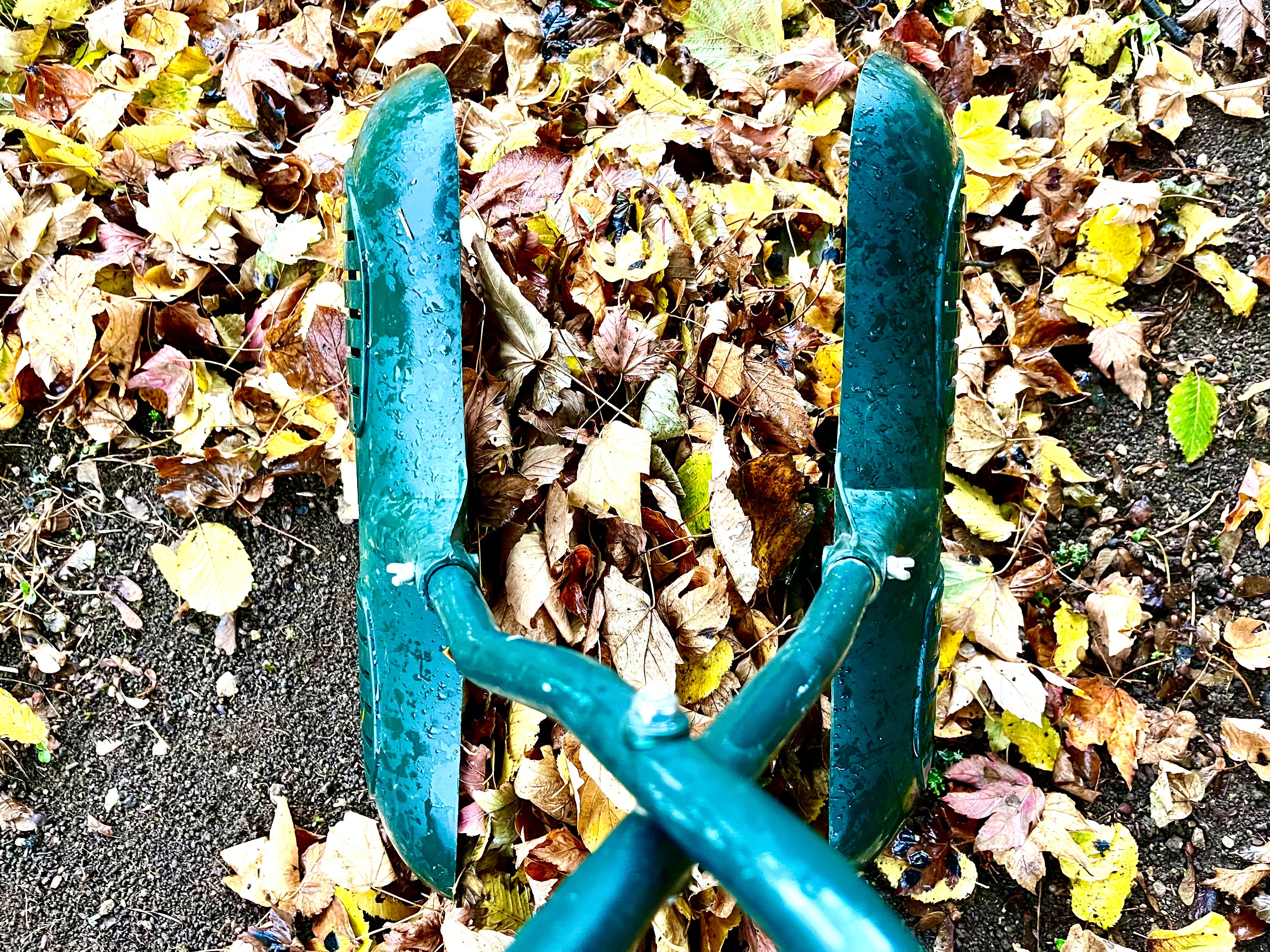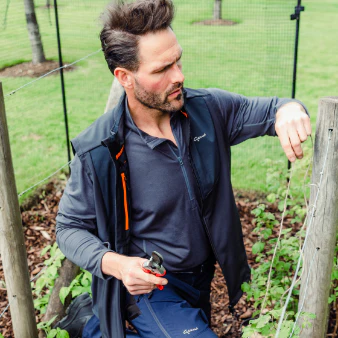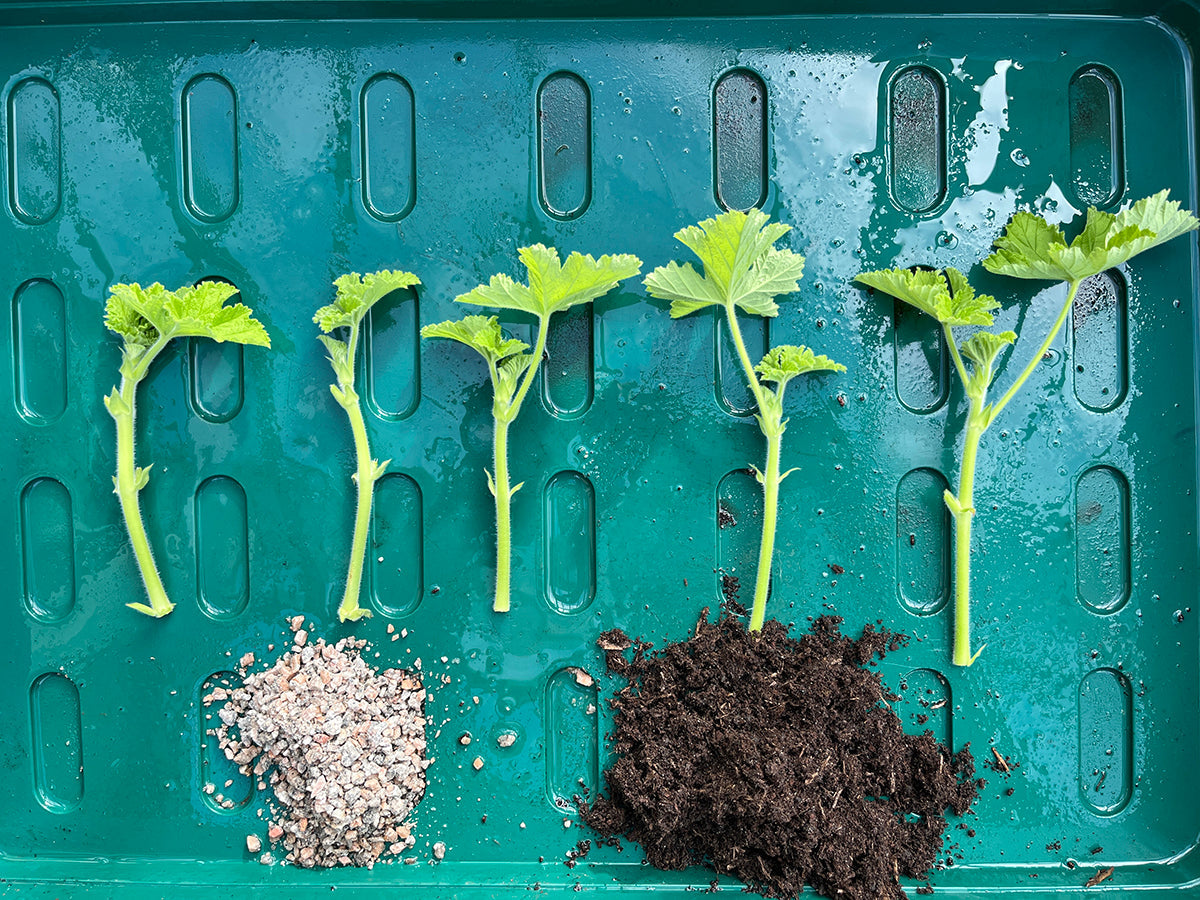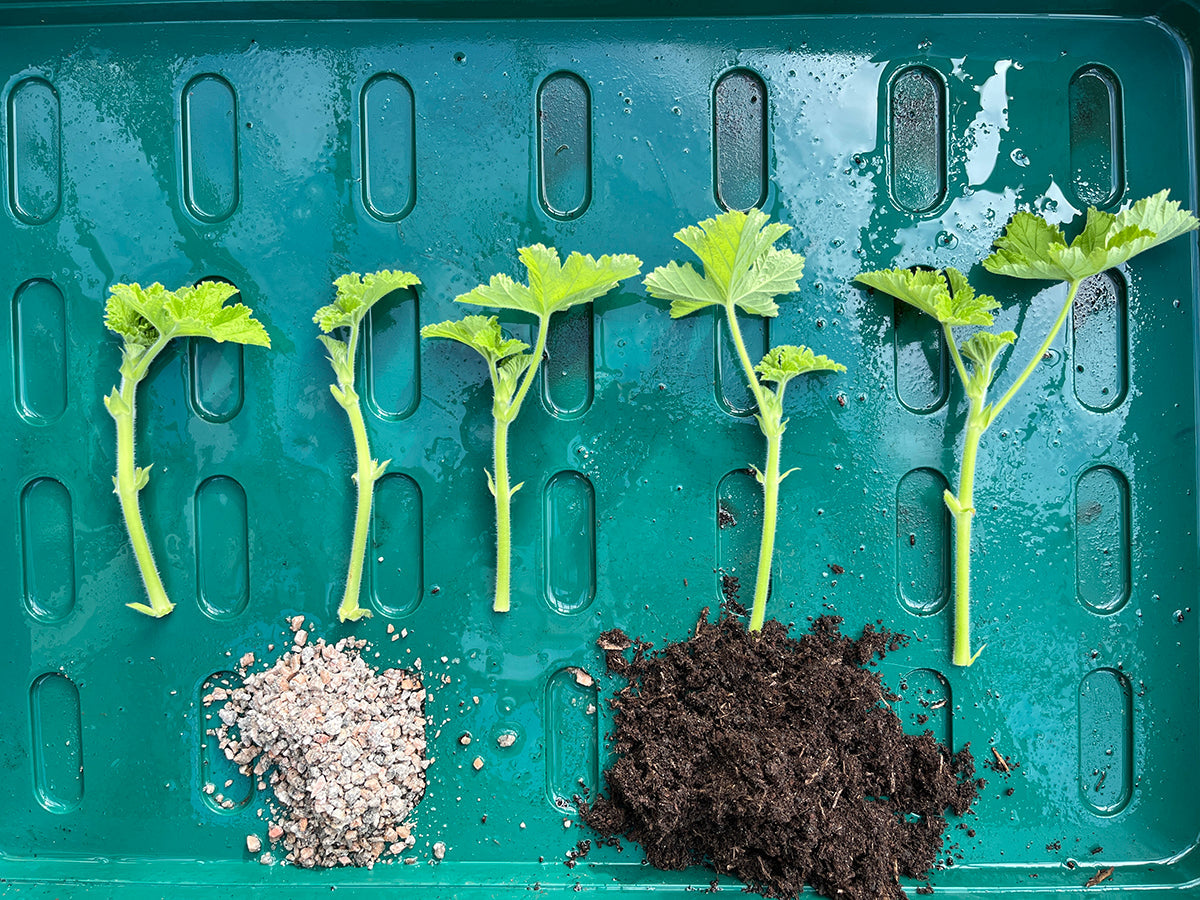Free Resource

It’s been happening since late August due to the hot summer but we can now confirm that our trees at Genus HQ are in full leaf-drop mode. With small copses at either end of the garden containing mature sycamore, as well as two horse chestnut trees, a large field maple, and several cherry trees, falling leaves can keep us busy for five or six weeks.
We love to utilise this free resource by collecting them off the lawns and paths and stacking them into our large leaf bins; we have three of them, each measuring 4 metres by 1 metre and constructed with upright poles and galvanised chicken wire. This system gives us one to fill, one to use, and one to be left for another year. Unlike a compost heap that rots down through the action of bacteria, fallen leaves, due to their lack of nitrogen rot down by fungal action - a much slower process that for some leaves can take three or more years.
Once complete (and for us two years seems to suffice) we mix the resulting leaf-mould with our own homemade compost to use as a mulch on our flower beds. After more than ten years of this annual application our borders have been transformed from heavy wet clay to well drained easily worked soils in which our plants visibly thrive.











